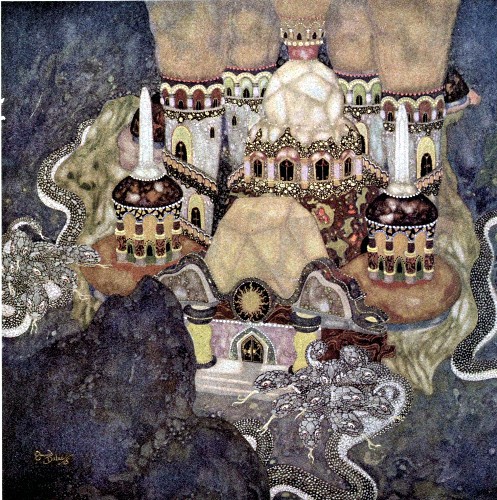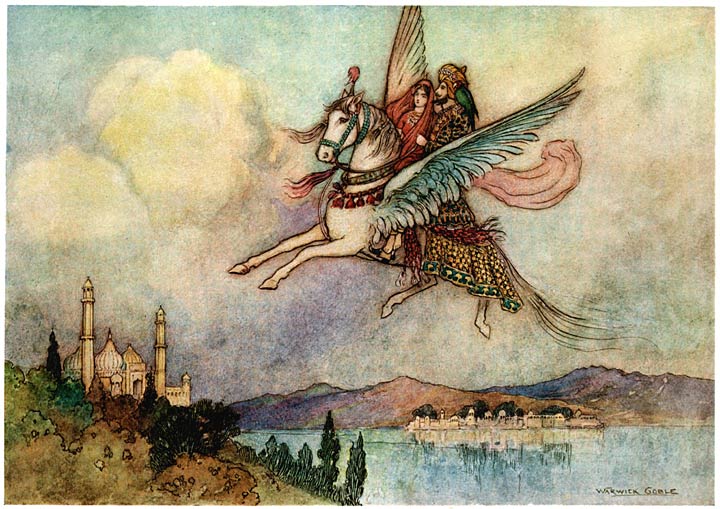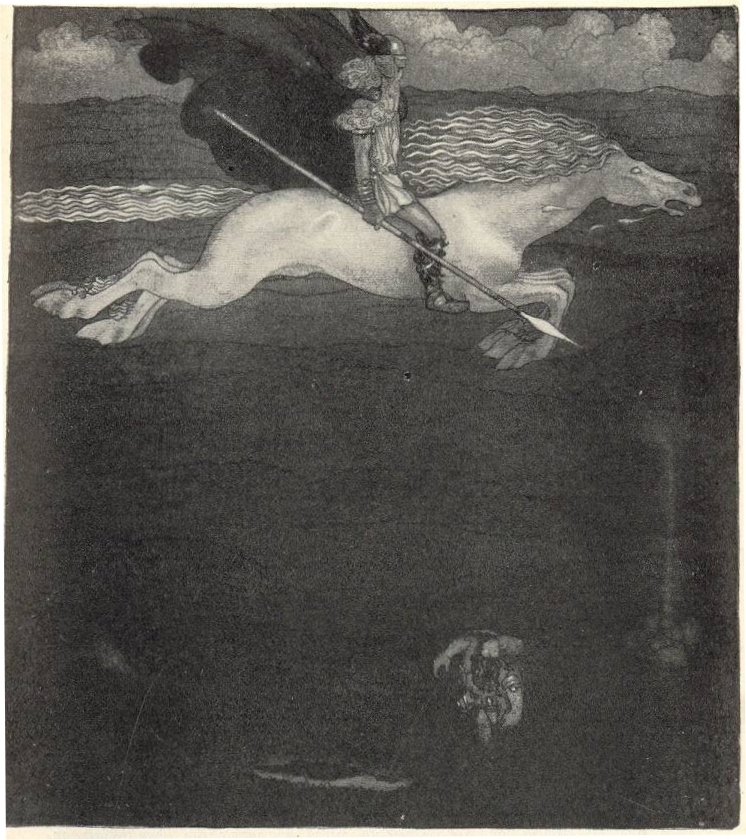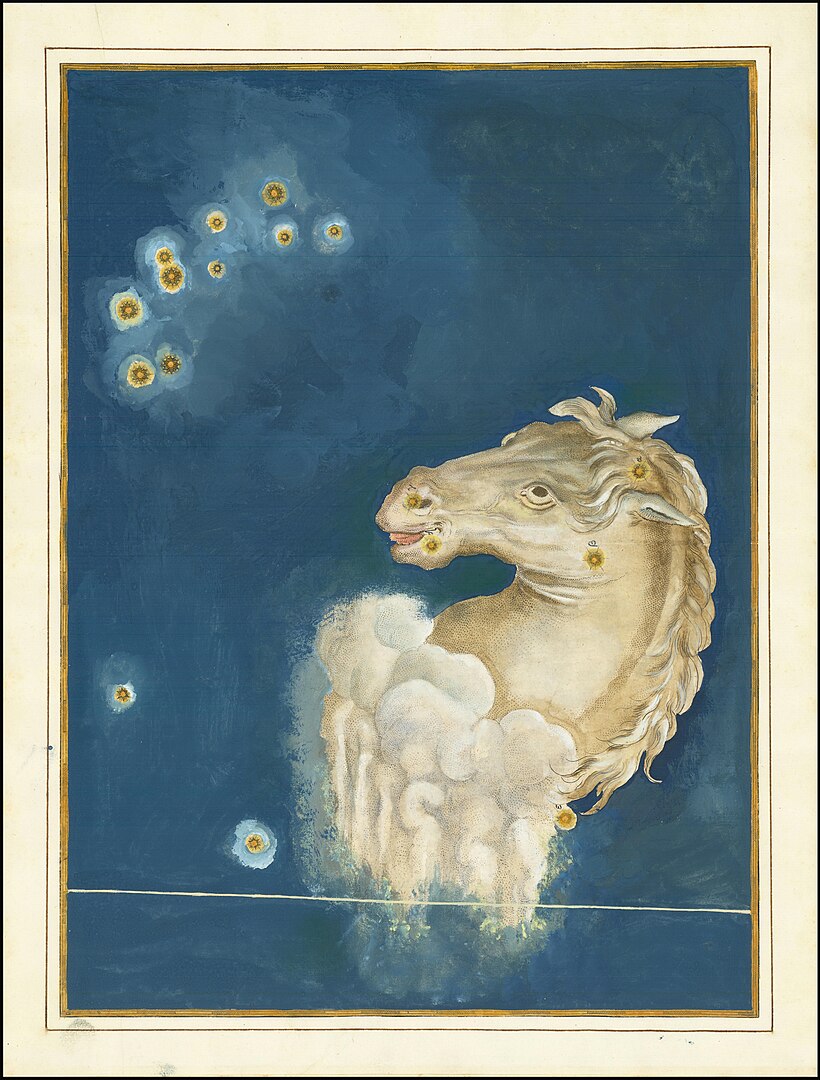17 The Palace of the Dragon King
The Palace of the Dragon King by Edmund Dulac (1882-1953)

The Arabian Nights Retold by Laurence Houseman and illustrated by Edmund Dulac
Project Gutenberg (illustrated version). For the Complete Arabian Nights retold by Lawrence Housman (1865-1959) and illustrated by Edmund Dulac (published by Hodder & Stoughton) please open the link below.
Project Gutenberg eBook produced by Madeleine Fournier. Images are from The Internet Archive. Plates are kindly provided by the National Library of New Zealand.


John Albert Bauer (4 June 1882 – 20 November 1918) was a Swedish painter and illustrator. His work is concerned with landscape and mythology, but he also composed portraits. He is best known for his illustrations of early editions of Bland tomtar och troll (Among Gnomes and Trolls), an anthology of Swedish folklore and fairy tales.
Bauer was born and raised in Jönköping. At 16 he moved to Stockholm to study at the Royal Swedish Academy of Arts. While there he received his first commissions to illustrate stories in books and magazines, and met the artist Ester Ellqvist, whom he married in 1906. He traveled throughout Lappland, Germany and Italy early in his career, and these cultures deeply informed his work. He painted and illustrated in a romantic nationalistic style, in part influenced by the Italian Renaissance and Sami cultures. Most of his works are watercolors or prints in monochrome or muted colours; he also produced oil paintings and frescos. His illustrations and paintings broadened the understanding and /appreciation of Swedish folklore, fairy tales and landscape.


